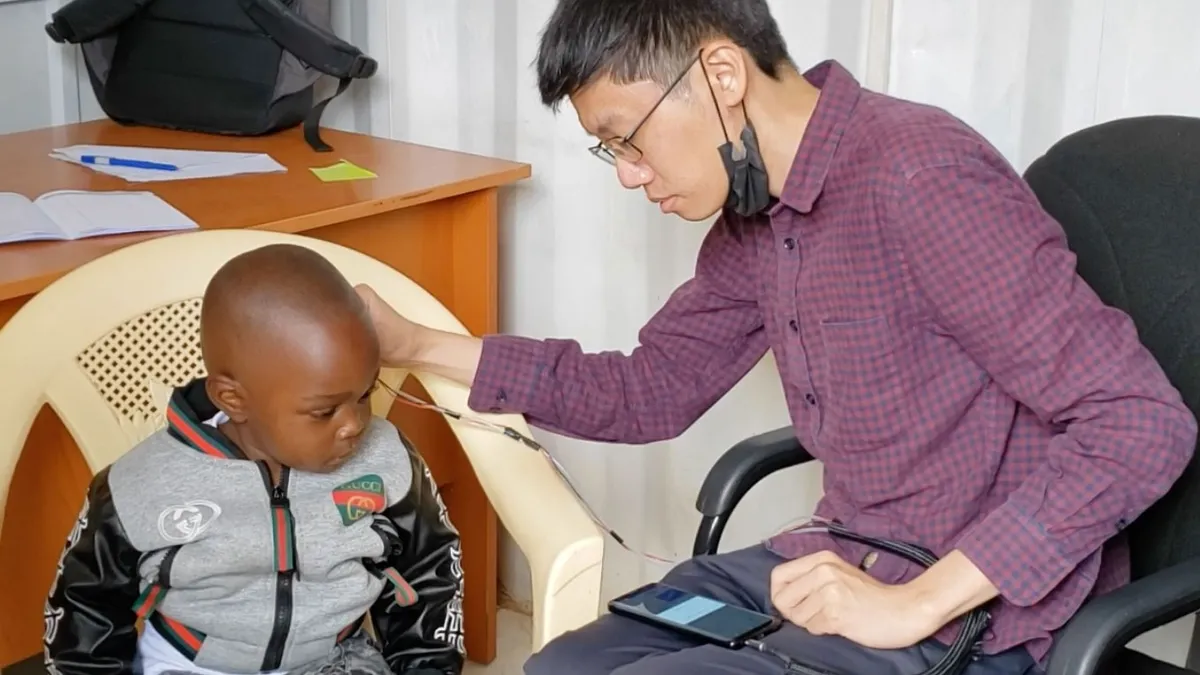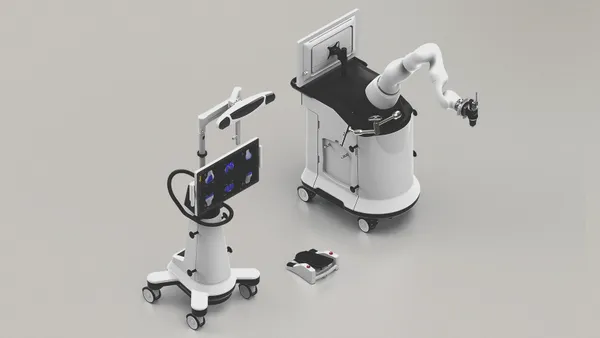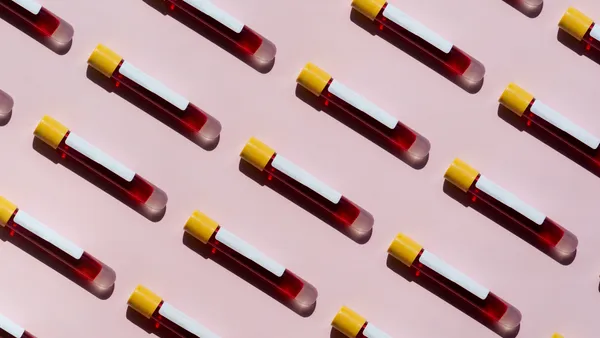Dive Brief:
- Connecting an off-the-shelf microphone and earphones to a smartphone lets clinicians easily and inexpensively detect hearing loss in infants, according to a paper published in Nature Biomedical Engineering.
- While high-income countries use commercial otoacoustic emission (OAEs) tests to check the hearing of infants, the costs are often considered prohibitive in impoverished parts of the world.
- The off-the-shelf alternative has a material cost of $10 and detected hearing loss with 100% sensitivity and 88.9% specificity in a clinical trial of 201 pediatric ears at three healthcare sites.
Dive Insight:
Deafness can remain undiagnosed in children until they are older in resource-constrained settings because of a lack of access to testing and late diagnosis can hinder the development of language and communication skills. To address the cost barrier to testing, researchers at the University of Washington looked for ways to make use of low-cost materials that are already widely available globally.
“The project here is to leverage the ubiquity of mobile devices people across the world already have — smartphones and $2 to $3 earbuds — to make newborn hearing screening something that’s accessible to all without sacrificing quality,” Shyam Gollakota, a UW professor, said in a statement.
Gollakota and his collaborators created a system that sends two pure tones, one through each of the headphone’s earbuds. As the hair cells in the inner ear vibrate, they make a sound, an OAE, that is algorithmically detected and recorded via the microphone.
The system is similar to commercial hearing test devices but uses ordinary earbuds rather than a specialist speaker designed to play the two tones without any interference. In the off-the-shelf alternative, an algorithm designed to detect the signal in the presence of background noise eliminates the need for specialist devices.
According to the UW researchers, the 100% sensitivity and 88.9% specificity achieved by the system in a clinical trial of 114 participants, ranging in age from a few weeks to 20 years old, are comparable to the performance of a commercial device.
The device still is a prototype, the authors noted.
“The next challenge is really scaling this up and then working with local experts in each country who are the most familiar with the particular challenges in each situation,” lead author Justin Chan, a UW doctoral student, said in the statement. “We have an opportunity to really have an impact on global health, especially for newborn hearing.”












